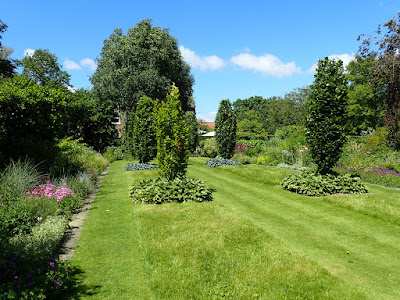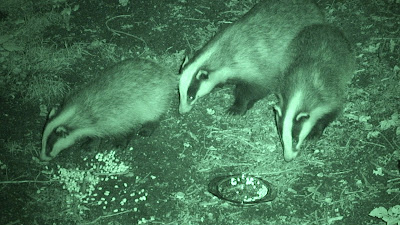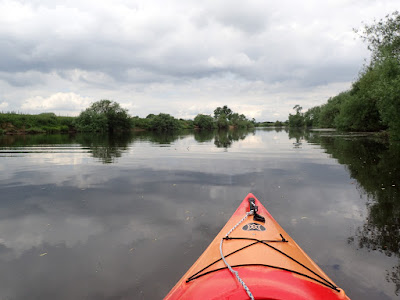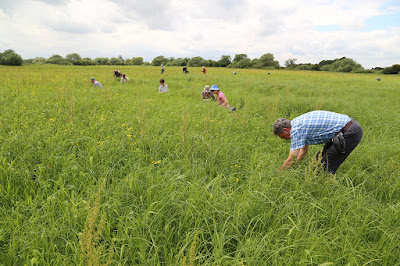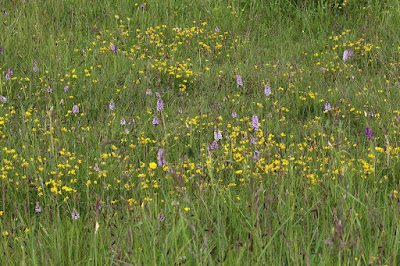Volunteering at North Newbald Becksies
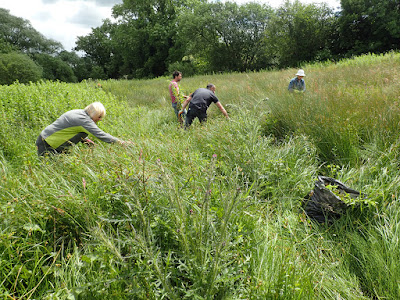
30 Days Wild, day 30: Today's conservation volunteering day was at YWT North Newbald Becksies nature reserve. It's a superb wet meadow, fed by springs which drain into a clear chalk stream. At this time of year, it is a botanists' paradise. Our first task today was to remove garden mint which was dumped by a local gardener on the boundary several years ago and has spread into the reserve, competing with the native plants. This year we found much less than in previous years, so we may at last be close to eradicating it. Pulling out willowherb The next task was to reduce the greater willowherb which, although native, is also invasive and is taking over areas of the meadow. Where it is the dominant plant, it can be brushcut, but in other areas where it is more thinly distributed, it is best pulled out to avoid damaging other vegetation. Mullein moth caterpillar Yellow rattle Marsh orchid Common Twayblade, an unobtrusive orchid Ragged r



